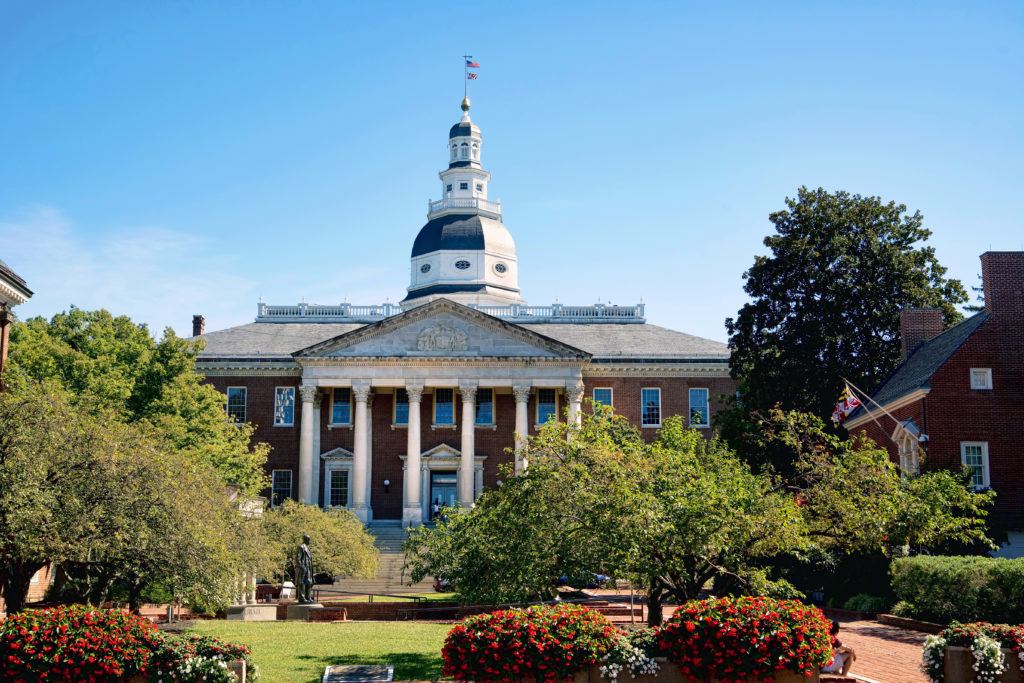
by Lindsay Huth
Capital News Service
COLLEGE PARK, Maryland — Governor Larry Hogan made history on Tuesday becoming the second Republican governor to ever earn a second term in deep-blue Maryland.
By many measures, this win was more decisive than Hogan’s last. He captured 51 percent of the vote four years ago but won with 56 percent this year.
From appealing to voters outside his party to gaining more votes from the increased turnout at the polls, here’s how Hogan pulled off his victory.
1. Hogan picked up a greater proportion of the vote in every county than he did in 2014.
Across Maryland, Hogan’s showing improved over the last election. Both years, he won all but four jurisdictions: Charles, Montgomery and Prince George’s counties and Baltimore City.
He even approached a near-majority in Montgomery County, where he increased his pull from 36.7 percent last election to 44.5 percent this year.
2. Voter turnout increased in every county.
Marylanders cast more votes in this year’s governor’s race than in the previous one. Counties’ turnouts increased by anywhere from four to 35 percent. The biggest boosts came in Prince George’s and Montgomery counties, where Hogan also got a greater proportion of the vote this year.
3. Hogan got a greater proportion of those new votes.
Marylanders cast 400,000 more votes in the governor’s race this year than in 2014 — likely an underestimate, since this year’s absentee ballots haven’t yet been counted. But Hogan’s dominance is clear: the total number of votes cast for Hogan increased in every county.
Hogan’s gain was so significant that despite the increase in turnout, Democrat Ben Jealous got fewer votes in 11 counties than Anthony Brown did four years prior.
4. Hogan also pulled in non-Republican voters.
It was the year of the “blue wave,” but as Hogan proclaimed at his victory party on Tuesday: “It turns out I can surf.”
To win reelection in a state where registered Democrats outnumber Republicans by a more than two-to-one margin, Hogan had to appeal to voters outside his party.
While voting data don’t show how many non-Republicans cast votes for Hogan, we know that he garnered a significant number of voters from outside his party in at least 14 counties, where the number of votes cast for Hogan exceeded the total number of registered Republicans living there.
The biggest difference was in Montgomery County, where Hogan got 45,578 more votes than there are Republicans living in the county.
5. Hogan got a greater proportion of early votes, too.
Despite his win last election, Hogan actually lost among early voters. Not this year.
With the increased turnout, both candidates garnered more early votes this year, but Hogan captured the majority, helping catapult him to victory.
Hogan fared better than his Republican counterparts statewide, who lost the comptroller, attorney general and Senate races and all but one House race.
At his victory party at the Westin hotel in Annapolis Tuesday night, Hogan thanked his supporters for his decisive win.
“They said it was impossible. They said it couldn’t be done in Maryland but thanks to you we just went out and did it,” he said.
